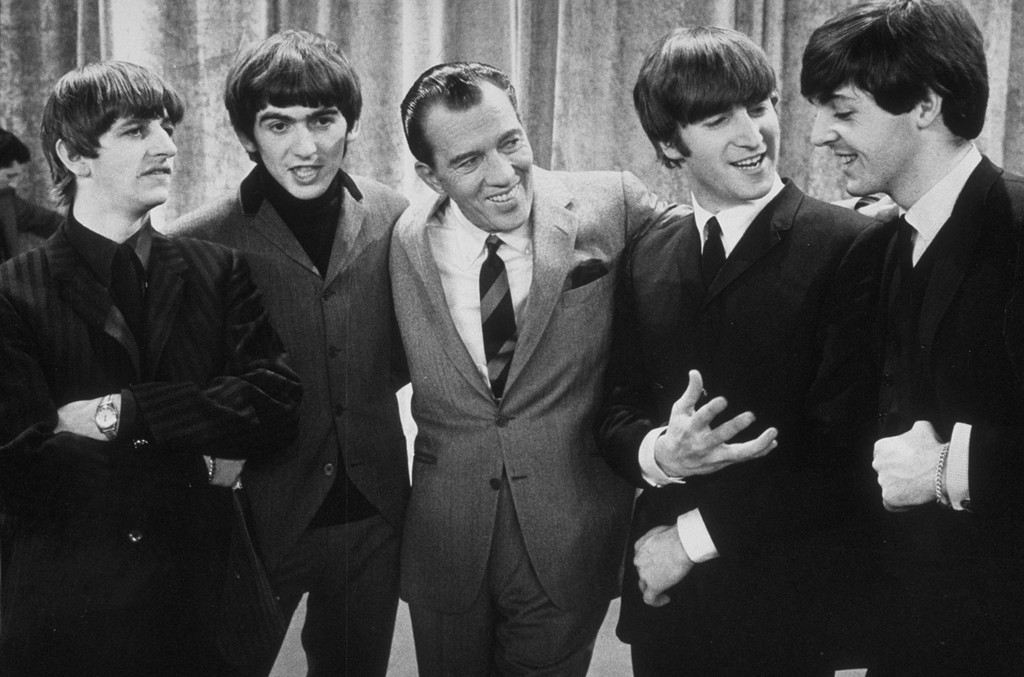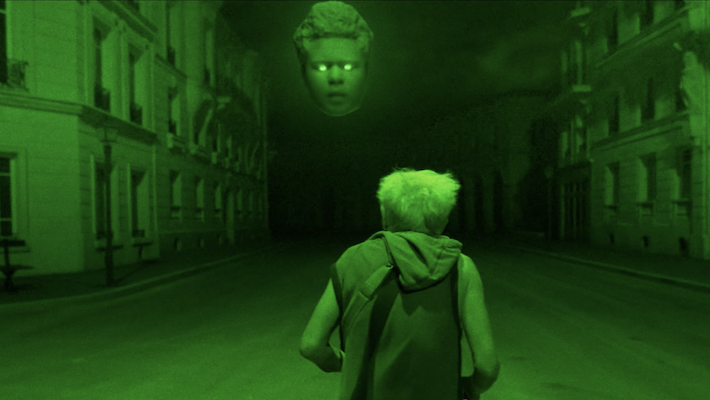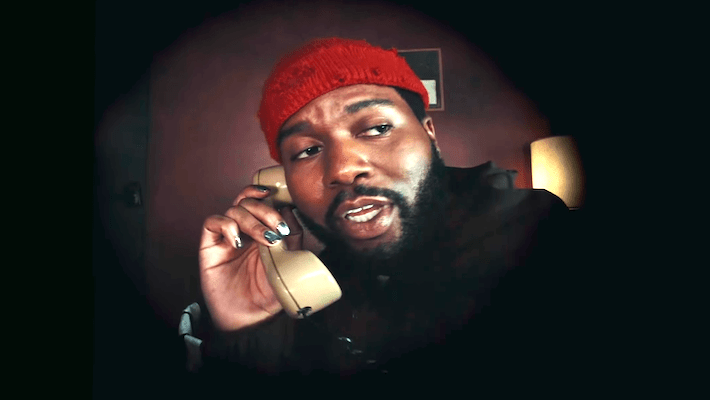For 23 years, Ed Sullivan brought his “really big show” into millions of homes on Sunday nights, introducing acts like The Beatles, Elvis Presley, The Supremes, The Rolling Stones, The Jackson 5 and countless others to mainstream America.
Now, almost 50 years after the last episode of The Ed Sullivan Show aired in June 1971, fans can stream classic full performances for the first time via a deal Universal Music Enterprises (UMe) has made with Sofa Entertainment for the global digital rights for the variety program’s library. Sofa Entertainment has owned the voluminous catalog, which covers more than 1050 hours of programming, since 1990.
The vault contains roughly 10,000 clips from the show from the worlds of pop and R&B music, Broadway, opera, dance, comedy, sports, dance and more.
The initial slate of videos rolling out starting today (June 12) on The Ed Sullivan Show’s official YouTube channel feature The Supremes, Four Tops, Gladys Knight & The Pips, Marvin Gaye, Neil Diamond, Smokey Robinson & The Miracles, The Beach Boys, The Jackson 5, and The Temptations. Additional videos will be added daily over the next three years with the channel serving as “home base,” says Andrew Solt, CEO of Sofa Entertainment. Such social media as Facebook, Instagram and Twitter will also promote the daily offerings. The Pips’ performance of “I Heard It Through the Grapevine” debuts exclusively below.
“We want to expand the Ed Sullivan brand and bring in a much larger International audience,” Solt says. “We can bring pop culture to billions of people.”
UMe and Sofa have been in business for 12 years releasing DVDs of Sullivan material and now “the technology caught up with the vision,” says UMe president/CEO Bruce Resnikoff of the move to streaming individual performances. “Today, with a generation of people who have a shorter attention space and are viewing things on their phones, we have an opportunity to feed that audience.”
The opening lineup features artists whose catalogs are distributed through Universal Music Group. “We are expanding way beyond the Universal family, but we wanted to launch with UMe at the beginning because we have all the international partners on board,” Resnikoff says.
For the Supremes’ Mary Wilson, the female trio’s 16 appearances on the show were highlights of her career. Two of their performances: 1965’s “You Can’t Hurry Love” and 1969’s “Love Child” are in the first batch. “The first time we went on in 1965, that was a major coup for us because everyone watched The Ed Sullivan Show. We were like ‘Wow, we made it!’,” she says. She notes that it was also a cultural milestone in that The Ed Sullivan Show was among the first programs to bring Black American entertainers into people’s homes during a time of segregation.
The show also served as a cultural signifier of the time. After usually appearing in glamorous sequined dresses;, for the group’s “Love Child” performance, “everything was changing,” Wilson says. “We’d just had the uprising in Detroit. The song was written about what was happening in America. We came out of the gowns and the hairpieces we were known for. We came out in casual clothes and it was just the best thing we could have done. The record went straight to the top. Our fans still remember to this day and say ‘It was the first time we’d seen you girls not dressed to the nines.’”
Perhaps the most famous performance by a musical act was the Beatles’ first appearance on Feb. 9, 1964, which introduced the Fab Four to the American market. Resnikoff says UMe and Sofa are working with Apple Corps., the Beatles’ company, “to come up with a strategy over the next several years” for those clips to appear on The Ed Sullivan Show YouTube channel.
The various clips may also be released thematically and by cultural relevance, as opposed to chronologically, Resnikoff says.
Neither Solt nor Resnikoff would disclose the terms of the deal, but Resnikoff say UMe will explore varying platforms for monetization with consumption being the main driver. The company will also look at licensing clips.
Solt bought the catalog from Sullivan’s daughter and son-in-law in 1990 for an undisclosed sum. “It was so much money, I put up everything we had,” he says. “It was scary in the early days, but now it’s an archive that has a tremendous new life.”



